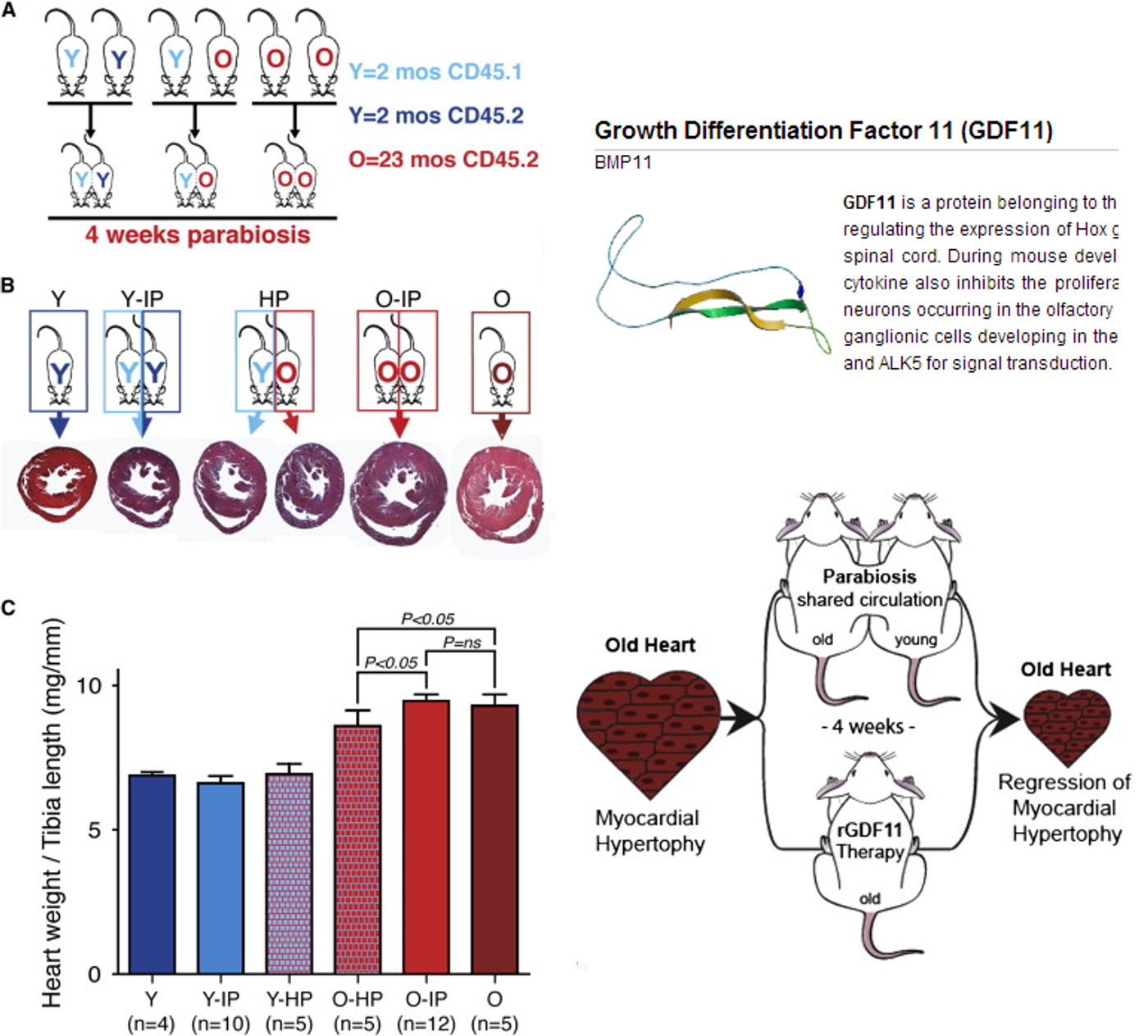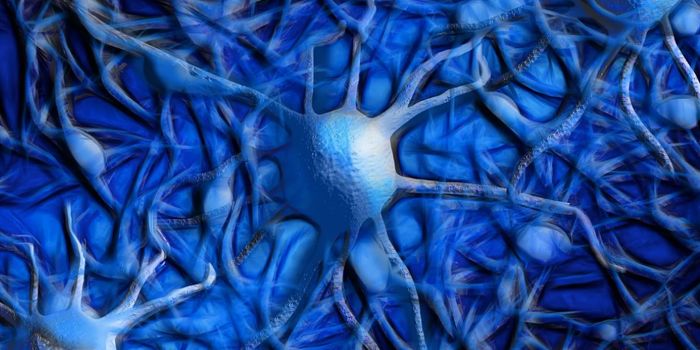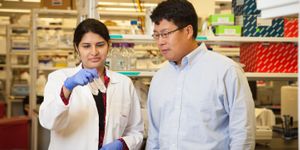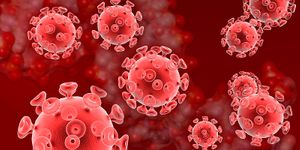High blood levels of two very closely related proteins can change the outcome of heart disease, according to a new study led by a
UC San Francisco research team. One of the proteins, GDF11, has been shown to rejuvenate old mice. Now scientists think that drugs that increase GDF11 levels could reverse physiological symptoms of aging that lead to heart failure in people.

The new study was published in the European Heart Journal and reported by
Drug Discovery & Development. It is part of a research effort by the UCSF-led team to use new technologies to identify and measure proteins in blood that may be associated with poor health outcomes and that could serve as a gauge for developing various cardiovascular problems and dying from them.
The research included 1,899 men and women with heart disease from San Francisco and Norway, ranging from 40 to 85, who were at elevated risk for stroke, heart attack, hospitalization for heart failure and death. Many participants experienced some of these outcomes during the course of the study, which lasted for almost nine years.
“The UCSF research team, led by Peter Ganz, MD, professor of medicine and chief of cardiology at UCSF partner hospital San Francisco General Hospital and Trauma Center, used a lab test to measure combined blood levels of GDF11 and a very similar protein called myostatin—the test could not distinguish between the two, because they are quite similar both structurally and functionally,” the article said. “The scientists determined that research subjects who had relatively high blood levels of these two proteins at the beginning of the study — in the top 25 percent of all participants — were less than half as likely to die from any cause, in comparison to participants whose blood levels ranked them in the bottom 25 percent. Those in the highest 25 percent also experienced fewer adverse health events associated with heart disease.”
According to Ganz, “Individuals with heart disease who have relatively high concentrations of these proteins have much lower odds of dying and much lower odds of experiencing devastating outcomes that we associate with aging, including heart attacks, strokes and heart failure. We also found that combined levels of GDF11 and myostatin in humans decline with advancing age, but that the rate of this decline varies among individuals.”
The UCSF researchers used standard clinical imaging tests in measruing ventricular hypertrophy. They discovered that people with lower levels of the GDF11 and myostatin proteins were more likely to have thickened heart muscle.
Ganz summarized, “This association with less ventricular hypertrophy and death suggests the possibility that GDF11 might act similarly in humans as in mice. Restoring GDF11 or myostatin to their higher, youthful levels might potentially serve as a so-called ‘fountain-of-youth’ treatment, but far more work remains to be done.”







![Everything You Need To Know About NGS [eBook]](https://d3bkbkx82g74b8.cloudfront.net/eyJidWNrZXQiOiJsYWJyb290cy1pbWFnZXMiLCJrZXkiOiJjb250ZW50X2FydGljbGVfcHJvZmlsZV9pbWFnZV9mNTM1ZjIyYzA5MDE5ZmNmMWU5NmI0ZDc4NWU2MzdiZTZlN2I5ZDk5XzE4NDUuanBnIiwiZWRpdHMiOnsidG9Gb3JtYXQiOiJqcGciLCJyZXNpemUiOnsid2lkdGgiOjcwMCwiaGVpZ2h0IjozNTAsImZpdCI6ImNvdmVyIiwicG9zaXRpb24iOiJjZW50ZXIiLCJiYWNrZ3JvdW5kIjoiI2ZmZiJ9LCJmbGF0dGVuIjp7ImJhY2tncm91bmQiOiIjZmZmIn19fQ==)

